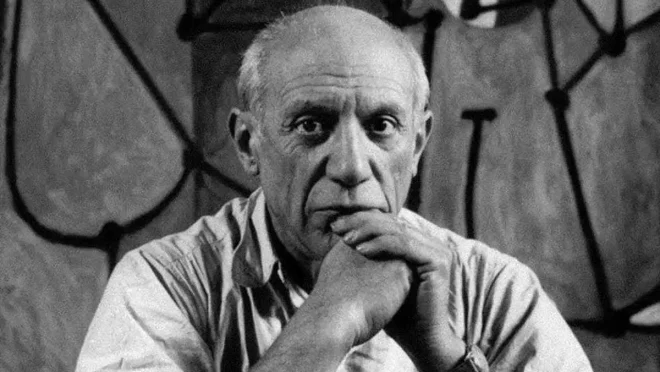Picasso’s birthday in the age of scrolling
Picasso’s birthday in the age of scrolling

There was a time when art was not something we scrolled on phones. Before the advent of phones and screens, people would visit museums, stand in front of a painting, and immerse themselves in the art. Art was an experience that required time, patience and attention. People used to look at a single painting for hours, wondering how the artist created such intricate details with just paints and brushes.
Those were the magical days of art appreciation; everyone saw one painting differently. But now, in the age of digitalisation, that magic has faded away. Everything is accessible, but nothing is valued. Art has been reduced to a mere image that we can scroll through on our phones. And museums have become another place for couples to go because the ticket prices are cheap.
Today, with just a few clicks, we can google any artist, their paintings, their lives, and their famous work. Everything is right there on the screen, like summarised descriptions, color-corrected images, and interpretations of the artwork. We read, we scroll and that is all we know. We have mistaken access for understanding and information for appreciation.
Especially in Bangladesh, the situation feels even bleaker. We rarely visit art galleries and the ones who create art are barely celebrated. I think art exhibitions are held less often in Bangladesh than when I was a child. There is a growing disconnection not only from art but also from sensitivity. Everybody seems to be running a race of becoming more and more uncivilised, and the worst part is, all of them are winning.
In this modern age, if we were to think about a modern artist, that would be none other than Pablo Picasso. An artist who never stopped reinventing himself.
Picasso was born today, 25 October, 144 years ago in Malaga, Spain. His mother, Maria Picasso, played a significant role in shaping his identity. In fact, he chose to take her surname, Picasso, as his artistic name, which now stands tall in the history of art.
Picasso’s life was a journey through colour, forms, shapes and emotions. During a class on structuralism, I first encountered one of his paintings. I remember looking at “The Old Guitarist” and being mesmerised. How could a single colour hold so many different emotions? It was a picture from his Blue Period.
Between 1901 and 1904, he painted the world in the shades of sorrow, using only blue and cold tones. His paintings can make you stop for a long time and wonder about the confusion between life and death. It was the power of minimalism before it became a trend.
Picasso moved to Paris later, the heart of modern art, where his style evolved again and again. He transitioned from the Blue Period to Cubism, from realism to abstraction. But even as he broke boundaries and created masterpieces, his art never stopped being different. He was never confined to one way of seeing. For example, in Cubism, especially with works like “Les Demoiselles d’Avigon”, he broke objects and faces into geometric shapes and forced viewers to see from multiple perspectives at once.
His paintings had fragmentations, broken bits and at the same time collections of everything. Later, his Neoclassical and Surrealist phases also revealed another dimension of his genius that blended structure with distortion. His ability to fearlessly reinvent inspired many.
We should draw inspiration from him as we commemorate his birthday. The best way to honour him is to look up from our screens and go see a painting. As Picasso once said, “Every child is an artist. The problem is how to remain an artist once we grow up.”


